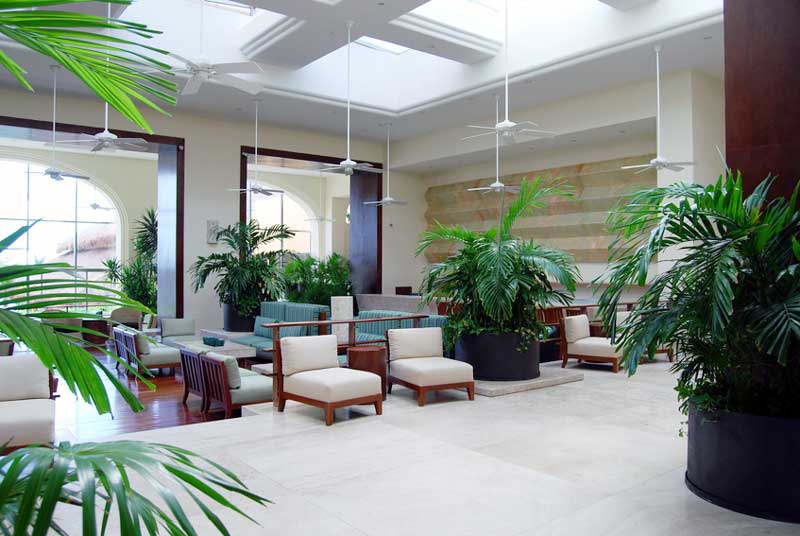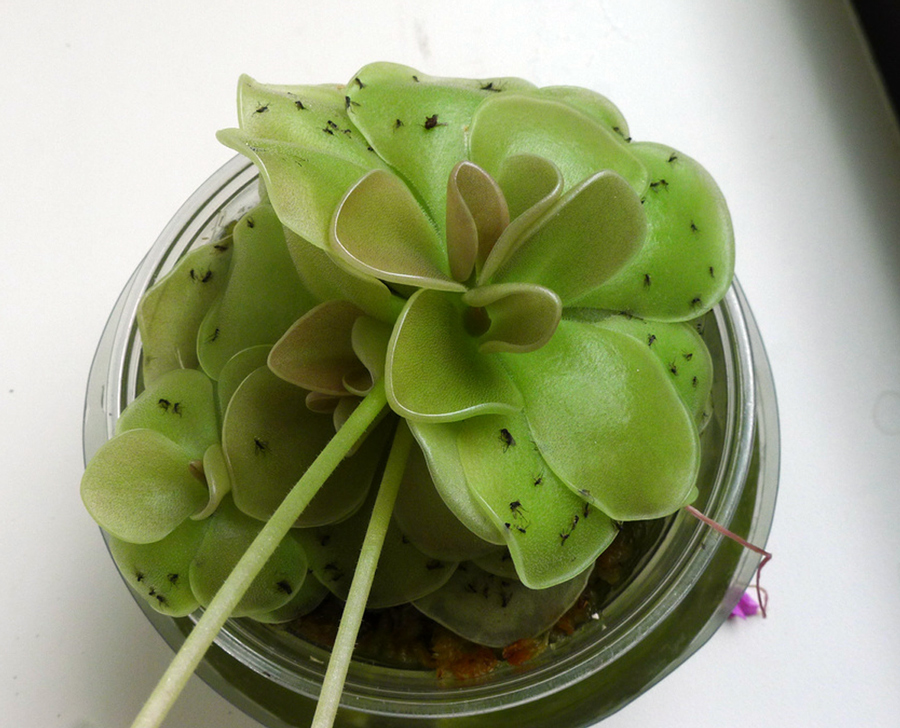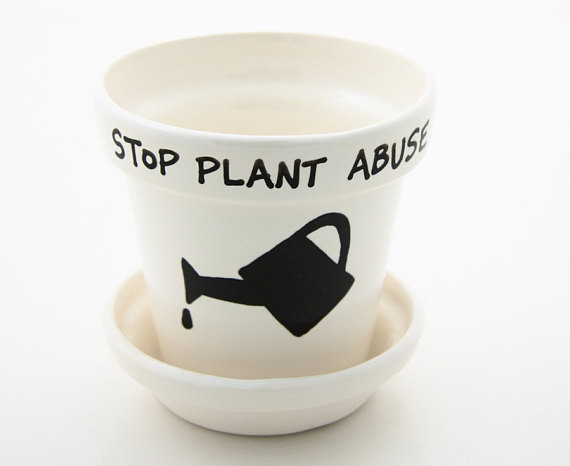When chosen wisely and treated well, indoor plants can survive and thrive in nearly any office or home environment. It is well worth the investment of your time and attention to be sure your plants are getting the right care.
But whether it’s due to ignorance, neglect, or flat out abuse, indoor plants face many enemies to their good health. The team of professional horticulture technicians who care for plants every day at Good Earth Plant Company know how to avoid the most common problems, and troubleshoot others when they pop up.
Through our 40 years of experience, we’ve put together 11 enemies of your indoor plants for you to learn about and avoid.

Certain plants are favorites by interiorscapers like us because they can tolerate low light and low humidity.
Low Light
Not all homes and offices offer a lot of natural light. Plants can’t grow in the dark, but there are some plants that tolerate a minimal amount of light. Grow lights can help, but they use electricity and create heat. But if you insist on putting your favorite plant in a spot where it’s not getting the amount of light it requires, you’ll slowly kill it off. You might be better off with a high quality artificial plant if you can’t find the right light.
Sunburn
The same advice applies for the opposite extreme. Plants can suffer their own version of sunburn, especially when a plant that likes a bit of shade gets moved to a much sunnier spot, especially as the weather heats up. UV rays coming through a window without protection can really damage plants. As the seasons change it’s a good idea to check and see if you need to move your plants to more protected areas.
Overwatering and Over-fertilizing
Many people love their plants too much. If a little water and plant food is good, more is better, right? You can literally drown a plant with too much water. Waterlogged roots suffocate and rot. And the standing water can smell pretty darn bad. Too much fertilizing can poison your plants. Do a little reading to determine what to feed your plants, and don’t water if the soil is still damp. Buy one of the many tools on the market to measure the amount of water in the soil if you have a hard time figuring it out.
Pests
There’s a reason our blog post about fungus gnats is one of our most popular ever. Indoor plants suffer from insect infestations just like outdoor plants, but plant evolved to exist outside in nature. They are stronger growing outside and better able to fend off an infestation. Plants being grown in containers inside homes and offices already suffer from little stressors. Just like you and me, we’re more susceptible to catching a cold if we’re stressed.
You need to watch for the signs and treat pests early before they catch hold. Besides gnats, watch for mites, aphids, mealybugs, thrips and whitefly. You can wash or wipe off some pests. Insecticidal soap or mild dishwashing soap diluted in water can treat many others. Avoid using chemical insecticides, and use them only when advised – and not around children or pets.
Pets
Not necessarily the same thing! If your dogs love to dig, they’ll go after your indoor plants. Cats can turn your favorite plant into a scratching post. Cats can also get creative with their litter box choices. Both dogs and cats can chew and shred leaves off. Since they can’t run away, protect your plants from your pets and keep them out of the reach of teeth and claws. Some plants are toxic to pets so be sure you protect both from each other.
Dust
If your plants accumulate a heavy layer of dust, it will block sunlight from reaching the leaves for the photosynthesis process of generating energy to live and grow. Be sure you dust or gently wipe off your plant’s leaves regularly. They might even like to take a shower with you!

Avoid pruning abuse: never trim more than 25 percent of your indoor plants. Photo: Creative Commons License
Creative Pruning
There are several good reasons to prune your houseplants including such as removing dead leaves, trimming to keep a plant from getting too big for your space, or trimming for balanced growth. But if you go overboard, you can damage or even kill a plant. Other than removing dead leaves, trim only at the beginning of the growth season (which is right about now), and don’t ever trim more than 25 percent of the plant.
The Wrong Soil
Dirt is dirt, right? If you bring soil in from your garden for indoor containers, you could spread disease and pests from outside to inside. Choose a commercial potting mix or potting soil created for the needs of container plants indoors. Many contain clean compost, peat or fertilizers to supply nutrients.
Drafts
Heating and air conditioning systems keep us comfortable, but if you place plants where they will receive a blast of hot or cold air on a regular basis from your HVAC system, they will suffer. Find a more protected spot away from the draft.
Wild shifts in temperature: This can be a big problem in office settings. Think about a building set to a comfortable temperature for people during the weekdays with heating and cooling off during weekends and holidays. Temperatures can reach high and low extremes. You wouldn’t like it and your plants don’t either. Wild swings in temperature will stress them and send them into survival mode. They’ll stop growing and can even die off.
Plant Abuse
Good Earth Plant Company horticulture technicians have seen it all. In office settings, employees think nothing of using plants as surrogate trashcans for half a can of soda, the bottom of their water bottle, or coffee grounds. They overload office plants with holiday decorations. They let their office plants get covered in remodeling dust.
It’s even worse when the public has access to your plants and containers in lobbies, malls and other spaces. A partial list of things we’ve found: gum, cigarette butts, syringes, sex toys, mop strings, every kind of bodily fluid you can name, and what would this list be without poop? You know we can’t make this stuff up.
Despite all these threats, houseplants can survive and thrive in almost any home or office. All living things need a basic amount of care and attention. Check on your indoor plants regularly and make sure you have them in the right growing conditions, they are receiving the right amount of water and fertilizer, and any problems with poor conditions, insects or disease are caught and treated right away before they get worse or spread to other plants.
If you need help, call on the professionals at Good Earth Plant Company to care for your plants so you can spend more of your time enjoying and benefitting from them. In the long run, it’s a better investment than buying replacement plants over and over.




